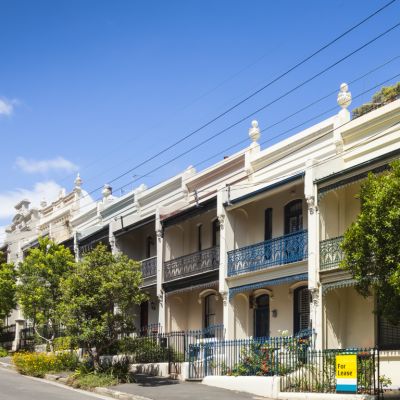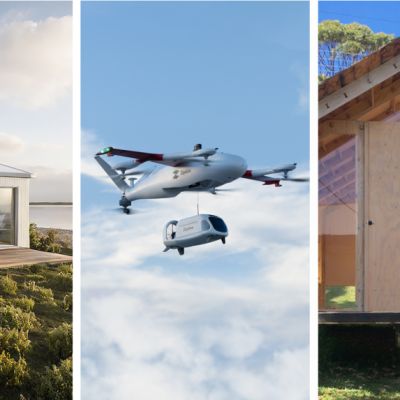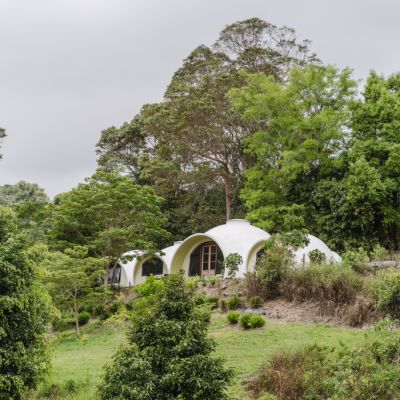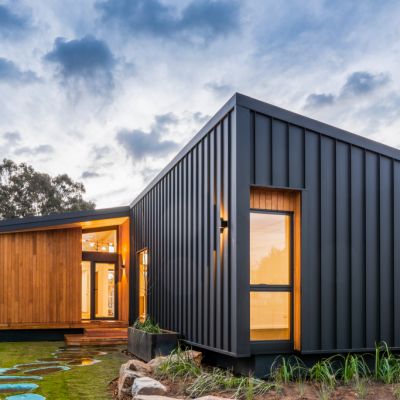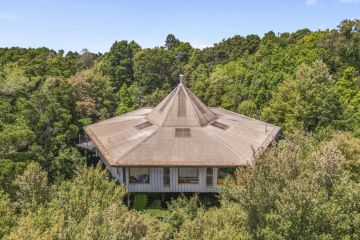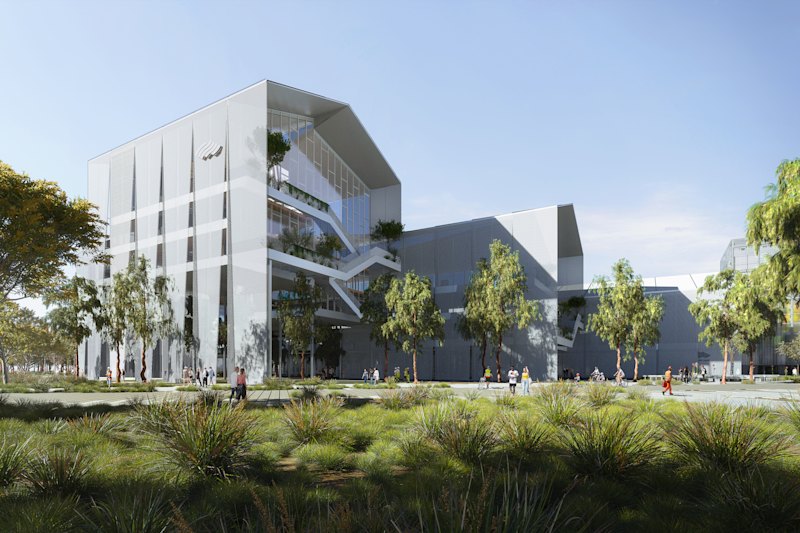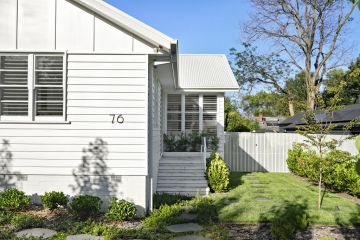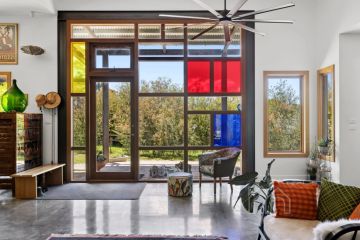3D-printed buildings: Advantages and disadvantages
For years, 3D-printed homes have been heralded as the solution to the housing crisis, but Australia has failed to fully capitalise on the technology that could revolutionise the construction industry.
However, experts say that while human builders aren’t about to be replaced by robots, we are slowly inching closer to a world where 3D-printed homes are more of a widespread reality than a novelty.
“The technology is no longer a research technology, but a feasible technology that you can seriously consider as an option for your house design,” says Professor M. Hank Haeusler, director of the ARC Centre for Next-Gen Architectural Manufacturing at UNSW.
Chris Knierim, chief executive of the Building Designers Association of Australia, says that “while progress has been steady, we are only now beginning to see viable applications that move beyond experimental builds”.
Overseas, progress is faster: an entire suburb in the US state of Texas has been fabricated using 3D printing, while Dubai has launched the Dubai 3D Printing Strategy, to ensure 25 per cent of buildings are based on 3D printing technology by 2030.

Small yet significant advances have been made in Australia in recent years. Luyten, the company that built Australia’s first mobile 3D printer, recently completed a two-storey, six-bedroom home for its chief executive, Ahmed Mahil, using the country’s first robotic crane printer.
Another local 3D printer manufacturer, Contour3D, has successfully constructed a duplex in Sydney and delivered a social and affordable housing project for the Australian Aboriginal Housing Office.
Contour3D also appeared on The Block in 2022, and will be seen again in this year’s Daylesford season.
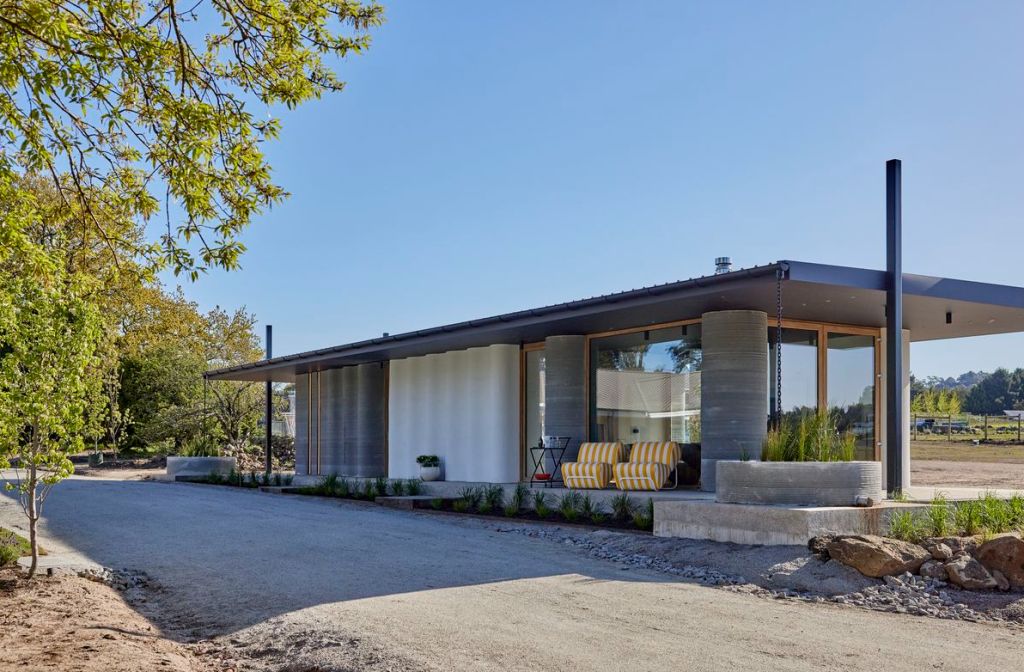
Executive producer Julian Cress says The Block crew didn’t know what to expect when they first engaged Contour3D, but were “absolutely stunned” by the results.
“We just wanted to test it and see if it worked … it was kind of a proof of concept for them,” he says. “They’ve gone way past proof of concept, and they’re now hopefully going to be part of the solution to Australia’s housing crisis.
“Obviously at The Block we feel a responsibility for showcasing any kind of new technology that can be part of the solution.”
One of the main advantages of using 3D printers for construction is that they can build homes at a rapid speed – and they’re getting faster. Cress says Contour3D’s printer fabricated a pool cabana in a couple of days back in 2022. This year’s cabanas were constructed in mere hours.
This means the technology could be extremely useful in achieving Australia’s ambitious home-building targets – or in a situation where, for instance, a remote town was decimated by flood or fire and residents needed disaster relief accommodation quickly.

“If the Australian government wants to build their 1.5 million houses in a very short period of time, then I think they’d be well advised to consider this technology,” Haeusler says.
“Particularly when you go out of capital cities, where the transportation cost of materials and labour adds a significant amount of money. There’s a huge opportunity to address housing and housing affordability, particularly for the vulnerable communities or remote communities that Australia has.”
Three-dimensional printers also generate minimal waste, are quieter than power tools, and require fewer carpenters, meaning 3D-printed homes are generally estimated to cost 20 to 30 per cent less than traditional builds.
Mahil doesn’t believe this means builders will be made redundant.
“You would never be able to replace the builder. Human ingenuity is everything,” he says. “This is just a tool that helps them to achieve things with higher precision and ease. And helps the builder to have less reliance on a rather unsustainable supply chain.”
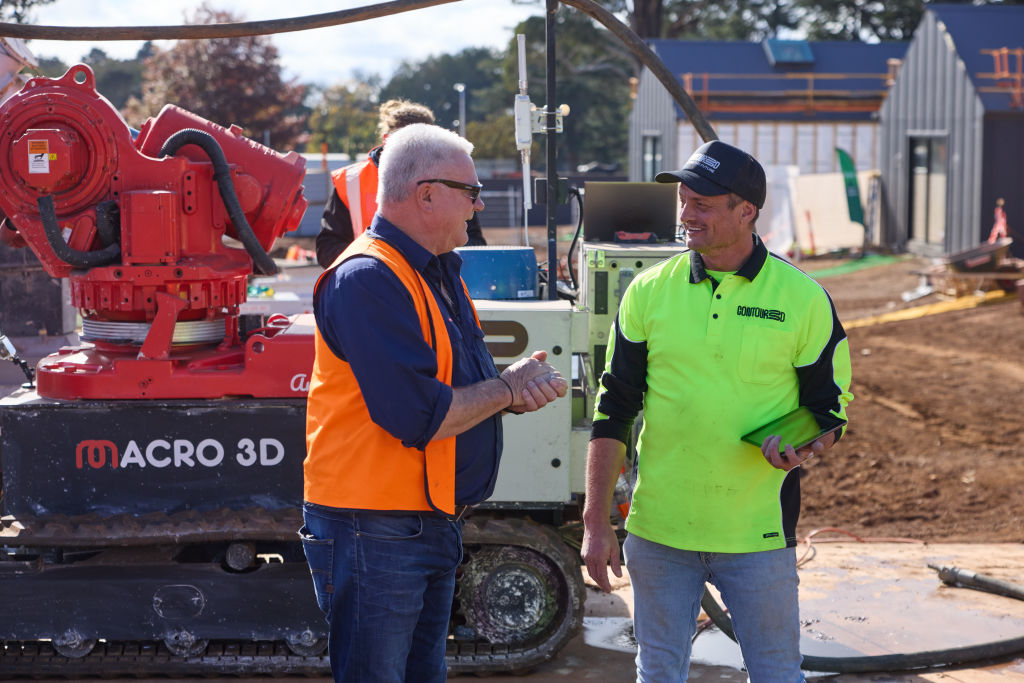
Also, due to their strong concrete fabrication and well-sealed envelope, 3D-printed homes are climate resilient and energy efficient.
However, there remain some roadblocks – at least in the Australian context.
“The main problem is … if you are an architect and you want to design a house, and at some stage in the design you want to execute the design through a 3D printer construction process, you have to design differently and you have to document your design differently,” says Haeusler, who helped design Luyten’s two-storey house and has run workshops this year for architects wanting to upskill in 3D printer design.
He explains that architecture and building design students aren’t currently being taught how to design for 3D printers, meaning it’s still mostly the 3D printer manufacturers who are designing 3D-printed homes, which is creating a bottleneck.
Knierim adds that most 3D printers are limited in “terms of scale, material range, and multi-storey capability”, which means “3D printing is currently more suited to low-rise, small-scale projects”.
Simon Croft, chief executive of the Housing Industry Association (HIA), says current building regulations, which are written for traditional builds, can also create confusion and delays.
“We’re working very closely with the federal government to try and unlock some of those regulatory impediments or roadblocks to be able to facilitate greater uptake of different and complementary forms of construction,” he says.
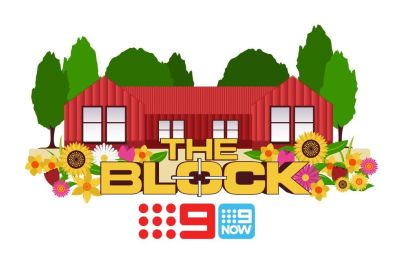

The technology is also expensive: Luyten’s printers range between $1 million and $2.3 million – a cost that’s prohibitive for many builders. Mahil thinks the Australian government should incentivise or subsidise builders to buy this equipment, as has happened in other countries, in the interest of boosting the rate of construction.
As for whether we’ll ever exclusively see 3D-printed homes, the experts are doubtful.
“We will never reach the stage where all houses are built with timber or concrete or steel,” Hausler says. “There will always be a mixture around.”
Croft says that, at this stage, it’s exciting seeing the way in which 3D printers and other modern methods of construction (such as pre-fabrication) can complement traditional methods.
He explains that if you were to use a 3D printer for a house’s walls, for instance, “you could still utilise traditional timber trusses … for the roof, or steel for some of the framework as well, so you can do a bit of a combination”.
Ultimately, while we might not see an overall takeover of 3D-printed homes in our lifetime, the future of the technology is promising – and the benefits too great to ignore.
“We’ve got such a severe housing affordability crisis at the moment that it would be foolish to neglect new techniques and not deploy them,” Hausler says. “It’s not a solution for all problems, but it’s definitely a technique worth looking at.”
See The Block 2025 listings – only on Domain
We recommend
States
Capital Cities
Capital Cities - Rentals
Popular Areas
Allhomes
More
- © 2025, CoStar Group Inc.
